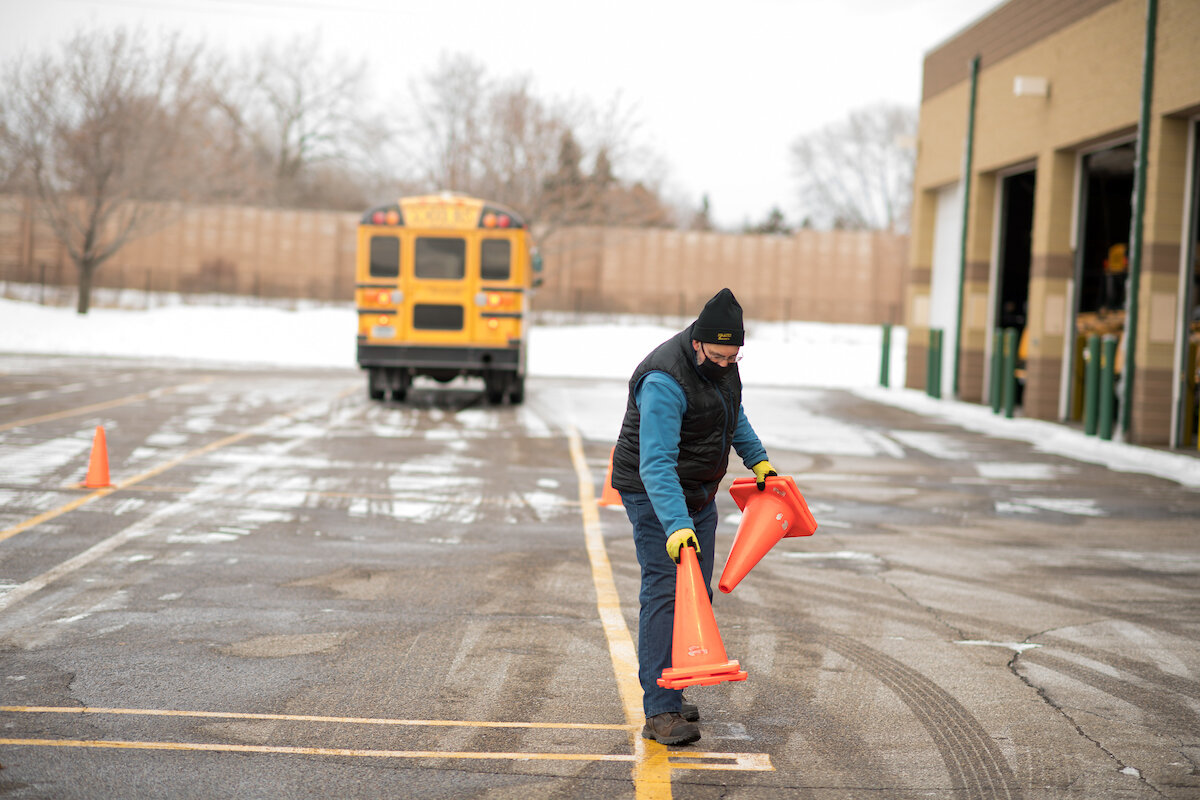Teaching Students Safe Bussing Behavior
“How to ride a school bus” probably isn’t something children go to school to learn. Sure, they may spend an hour or so practicing emergency exit procedures and learning the basics (as is required by Minnesota Law), but the importance of those lessons can be quickly overshadowed by all the other beginning-of-year chaos, especially among younger children. Moreover, kids can forget the importance of safety rules under the pressure of their peers.
The good news is you, as a school administrative body, can help both by modeling safe behavior and discussing what safe behavior means with the children under your care. Northstar Bus Lines, a Maple Grove school bus contractor, discusses below how to do both of these.
Respect Is a Teachable Trait
Well beyond their infancy, children learn everything from kindness to social norms through imitation: mimicking another person’s actions. Aggressive, disrespectful behavior is also learnable in this manner, an occurrence which has been faithfully documented in the field of child psychology. In one of the most renowned studies, the Bobo Doll Experiment, for example, researchers both physically and verbally abused a doll in front of preschool-aged children. 90% of the subjects exposed to the aggressive behavior later replicated it themselves.
Well, that’s all fine and dandy, but what on earth does child psychology and the replicable nature of aggression have to do with school bus safety?
Quite a bit, in fact. The above experiment suggests that if adults model a disrespectful attitudes towards school bus services, children could follow suit, or otherwise learn from the behavior. Depending on the outcome, this could manifest in anything from ignoring a bus driver’s requests to disobeying posted safety rules. In other words, a disrespectful child is an unsafe child.
The good news is that this also works in reverse; modeling respect, says psychology, tends to result in a respectful child, or can at least teach said child how a respectful attitude affects the world around them. Modeling respect doesn’t guarantee respect, just like in the case of aggressive behavior, but it does show the child where that behavior might lead in terms of consequences.
Of course, you want your students to be respectful of their student transportation services, but you, as an administrator, can’t ride the bus with them and model that type of behavior. Luckily, there are ways you can convey that attitude as an administrator outside of the time your charges rides the bus:
Crack down on parent pickup safety. Children are much more observant than adults might think. After all, there’s a reason why their tendency to retain information they gain through mimicry is called “observational learning.” Parents are some of the primary mimickable figures in a child’s life; if you want children to respect school bus services, do your part as an administrator to put rules in place to ensure adults respect them too. Organize your bus parking lots and parent pick-up lanes in an efficient manner, and do your utmost to move traffic along. If your school bus services and parent pick-up crowd have to jostle for space, the frustrated parents can send the message to children that school bus services are negative and inefficient things (we can assure you, as a reputable group transportation service, that they are not!). Frustrated drivers and parents, moreover, certainly do not make a comfortable environment for anyone involved.
Be courteous to your bus drivers. If the children are at a young enough age that they are closely supervised boarding their afternoon buses, you have a prime opportunity to model respect for school bus services by cordially greeting the bus driver. A simple “hello,” or a “thank you” can demonstrate to the children that school bus drivers are people too, people that deserve to be treated with respect.
Discuss with the children what school bus safety means to them. Respect between adults and children is a two-way street. Again, remember observational learning: if an adult treats a child with respect, that attitude is bound to rub off somehow on that child. You can respect your charges’ growing autonomy while also instilling in them how to be safe on a bus by flipping the conventional script: instead of telling children how to be safe at an event such as a pep rally, ask your students how they think they can be safe. Ask a lot of questions to really get them thinking, and make the encounter a dialogue, not a lecture.
In Need of the Safest Bussing Services Around? Contact Northstar Bus Lines Today
Our customer-focused service is the highest quality around; we’ve got years of experience working with all sorts of kids. To see what the safest school bus services can do for your district, call our Maple Grove terminal today at 763-425-2542.

